Schanz is named after its head chef, Thomas Schanz, who opened the restaurant in 2011 next to a hotel run by his parents, who also own a vineyard. Mr Schanz was formerly sous chef at Waldholtel Sonnora, where he worked for six years. Prior to that he had trained at Hotel Traube Tonbach and at Gastehas Erfort, amongst other places. Schanz was awarded a Michelin star in 2012, a second in 2015 and a third star in 2022. The restaurant is set in the pretty village of Piesport in the wine country of the Mosel. This is the largest wine growing region of the Mosel region, and vineyards line the steep slopes above the town. The restaurant seats about 34 covers, with well-spaced tables and a light, airy dining room with plenty of natural light. There was an a la carte selection but we went for a tasting menu. There were various lengths of this available at €148 for three courses, €184 for four courses, €208 for five courses and €225 (£192) for six courses, which is what we opted for.
The wine list had 371 labels and ranged in price from €43 to €1,315, with a median price of €107 and an average markup to retail price of 3.2 times. 42% of the list was from Germany, with the same percentage from France. A third of the list was priced under €100, and 76% under €250. Sample references were Weingut Jörg Thanisch, Lieser Lieserer Niederberg Helden Riesling Spätlese trocken 2016 at €59 for a bottle that you can find in the high street for €16, Domaine Patrick Piuze Chablis Terroir de Chichée 2020 at €85 compared to its retail price of €25, and Weingut Molitor Pinot Noir Brauneberger Mandelgraben 2017 at €98 for a wine that will set you back €46 in the high street. For those with the means there was Antinori Tignanello 2017 at €260 compared to its retail price of €168, and Château la Mission Haut-Brion Grand Cru Classé de Graves 2014 at €470 for a wine whose current market value is €220. There were a few bargains if you looked hard; I spotted seven wines below their retail price. The markups here would not raise eyebrows in Mayfair, but seem quite stiff given the distinctly benign wine pricing at nearby three-star restaurants Waldhotel Sonnora and Christian Bau.
The meal began with a sequence of canapés. Crostini of Pomeranian beef was rolled up and stuffed with smoked trout mousse and imperial caviar. The beef had nice flavour and the mousse and caviar complemented it well. “Stint fish” (smelt) was fried and topped with juniper mayonnaise. This was simple but enjoyable. Best was rose water meringue with crab tartare, which was well balanced. A further two nibbles followed before the formal sequence of courses. First was an eggshell filled with egg flavoured with marinated black truffle foam. This was introduced as a signature dish but I am not sure that the idea of combining egg with truffle is particularly unique or original. Eneko Atxa at Azurmendi does a version where truffle consommé is injected into an egg yolk for example, and there are assorted eggs served in eggshell dishes by various chefs including Alain Passard (with cream and sherry vinegar rather than truffles) Jean Georges Vongerichten (with caviar), Thomas Keller with truffled egg and bacon, and many others. The version here was certainly very pleasant, the aroma of the truffle subtle but combining well with the egg. Finally, there was sardine tartare with red cabbage gazpacho and passion fruit sorbet, which sounded curious to me but actually worked very nicely and was perhaps the most successful of the canapés. The earthy flavour of the cabbage contrasted well with the sardine, and the passion fruit brought acidity without too much cloying sweetness (17/20 nibbles on average). This does seem to me original and successful, so might be a more suitable “signature”.
The first formal course was a slice of goose liver pie topped with micro leaves along with sherry and Parmesan Reggiano cheese, profiteroles of goose liver and warm brioche on the side. The foie gras had smooth texture and reasonable liver flavour, the choux pastry was neatly piped out, and the brioche was good. The richness of the liver was to a degree balanced by the salad of micro leaves (17/20).
This was followed by red mullet from Vendee in Loire, served with green and white asparagus, orange zest and an anise nage. The aroma of the anise arrived at the table in advance of the dish, so it was immediately apparent that this was the dominant flavour. The mullet was nicely cooked, as was the asparagus, and these elements were all of good quality. However, that didn’t really matter because all that we could really taste was anise, whose strong flavour bludgeoned everything else on the plate into submission. I found it quite off putting, but on checking with the waitress was informed that this was how the dish was intended to be. I am curious since for me in fine dining the dish balance is important, and here the balance of the dish was quite evidently wildly askew. I find this a difficult dish to score, because the fish and asparagus were fine. If the sauce simple didn’t exist then the other elements were probably getting to 17/20 level, but the dominant anise overpowered everything to a degree that I found the dish quite difficult to eat (maybe 12/20).
This was followed by Arctic black hake, which was also nicely cooked though arguably under seasoned, topped with fir tree tops and came with a nutmeg consommé with nectarine. The vaguely pine taste of the fir tree tops was a little strong but the real issue was the nectarine, whose sweetness was quite a peculiar flavour to combine with the fish. I have never been convinced by sweet flavours in association with fish, and the nectarine was particularly sweet so this seemed quite jarring. The fish was fine but again here the garnish was distracting rather than enhancing the hake (14/20 is kinder than my experienced dining companions thought it deserved).
Fricassee of lobster and veal head came with purée of potato, fresh mint, mint oil and a little Annabelle potato crisp lattice and a Mirabelle plum and lobster bouillon. The lobster was tender and the pieces of calf head added an extra flavour. However, the mint oil was a touch stronger than I would have liked (mint is a very strong flavour) and the notionally crisp potato lattice had become softened by some stray bouillon, so that potentially nice texture contrast did not really work (14/20).
The final savoury course was veal sweetbreads with crayfish, morels, peas and asparagus, garnished with parsley and elderflower. The sweetbreads were fine, quite light and having pleasing mild flavour that was nicely contrasted by the natural sweetness of the shellfish. The asparagus was again good but the morels were worryingly lacking in flavour. This was very late in the season yet I had eaten superb morels the night before (at Waldhotel Sonnora) so it was clearly possible to still get good quality morels even this late. This apart, the dish was good (17/20). As an aside, the presentation was a little odd, with pieces of asparagus tied up and displayed vertically in the centre of a ring of peas and onlooking sweetbreads and crayfish. If you have a dark imagination it was as if the tied-up asparagus was part of some sacrifical ritual being conducted by the spectator crayfish and sweetbreads, like a scene from movie "The Wicker Man".
“Grapefruit fine” (in German "Feines von der Pampelmuse", i.e. fine things or fine variations of the grapefruit) came with sour cream, saffron and a ring of meringue filled with lemon sorbet and puffed quinoa with a milk chip. This worked very well, the sharpness of the grapefruit cutting through type meringue nicely, the sorbet good and the saffron (another potentially dominant flavour) subtle and well controlled. It is interesting to see grapefruit in a dessert, as apart from the Christian LeSquer grapefruit millefeuille it seems to be a rarity in fine dining restaurants (18/20). There was actually a bonus “post dessert” of prickly pear. The prickly pear was hollowed out and filled with its own sorbet and mousse along with seaweed jelly. Prickly pear has a fairly mild watermelon like flavour, and this dish was quite refreshing, though I am not sure that the seaweed was a judicious addition to the dish. It would perhaps have made a decent pre-dessert, though it was touch sour to my taste (14/20).
Coffee was from a company called Bruno in Luxembourg and was actively unpleasant, tasting of robusta and being crude and bitter. This was one of the most unpleasant coffees I have tasted, and it was barely drinkable, like the kind of thing you might get from a vending machine at an airport. Yet a double espresso of this undesirable stuff was priced at a ludicrous €9.50 (admittedly with petit fours). Of the three coffees delivered, two had a crema and one did not, and when queried we were told this was due to the coffee machine being quite old, which is not quite the response one might have hoped for, nor one that entirely makes sense. It is possible that the machine was not well maintained, which may worsen the quality of the cup of coffee produced, but if the crema has gone flat then just make another one - at €9.50 there would not be much impact on gross margin. By contrast, the petit fours were perfectly reasonable and comprised “Schanz on the beach” (which was parfait of apricot with pineapple jelly), an espresso mochiato capsule, a little cheesecake with buckthorn berry, peanut with Dulce chocolate, cornetto with eggnog mousse and roasted flowers, spiced milk with white chocolate and Grand Marnier and finally a nougat with nuts.
This is perhaps a good time to discuss the service, which was well intentioned but flawed in a number of ways. For one thing the pacing of the meal was remarkably slow. After two and a half hours we had yet to receive course three of six, and the gaps between courses became so lengthy that we started to make little bets between ourselves about the time the next dish would arrive. We eventually concluded the six course (plus canapés) tasting menu after a distinctly leisurely four and a half hours, all at a weekday lunch service. Wine topping up was fine, but the staff seemed to have somewhat limited knowledge of the dishes. For example, the egg and truffle dish was described as using white truffles, which is absurd given the time of year (white truffles are a late autumn and winter occurrence), while even finding the name of the coffee supplier required a process resembling detective work involving several staff. Mind you, it was worth the effort just to be able to avoid that brand in the future.
The bill came to €343 (£293) per person, with two bottles of good Riesling between three people, plus a glass each of sparkling Riesling as an aperitif. If you went for a three-course menu and shared a modest bottle of wine then a typical cost per head might be around €200 (£171). Overall, I was not really convinced about this meal. There were some good elements, such as the grapefruit dessert and some of the canapés. However, there were some problem dishes too, and not a single dish that for me would register in three-star territory. As to Michelin’s elevated assessment, only they know what they were thinking.





















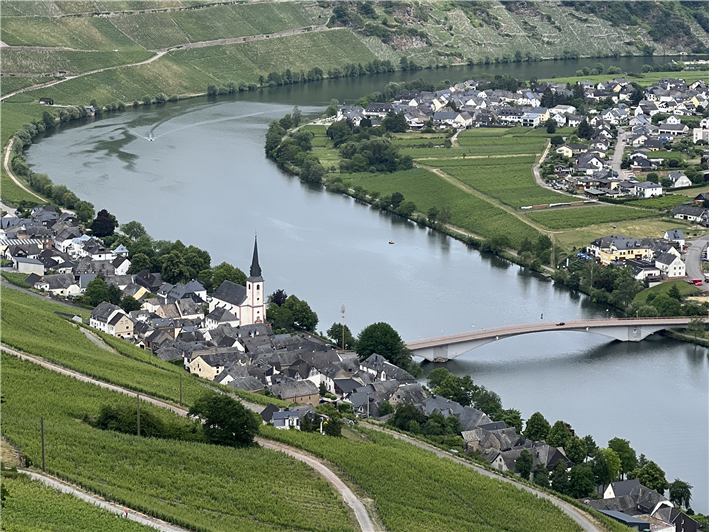

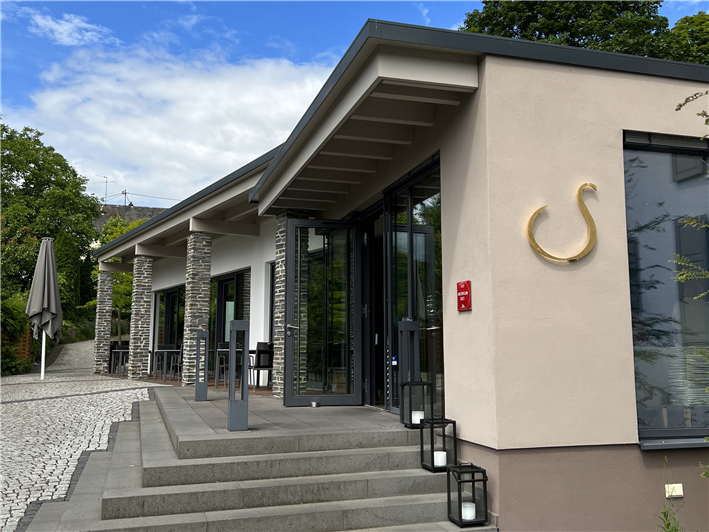
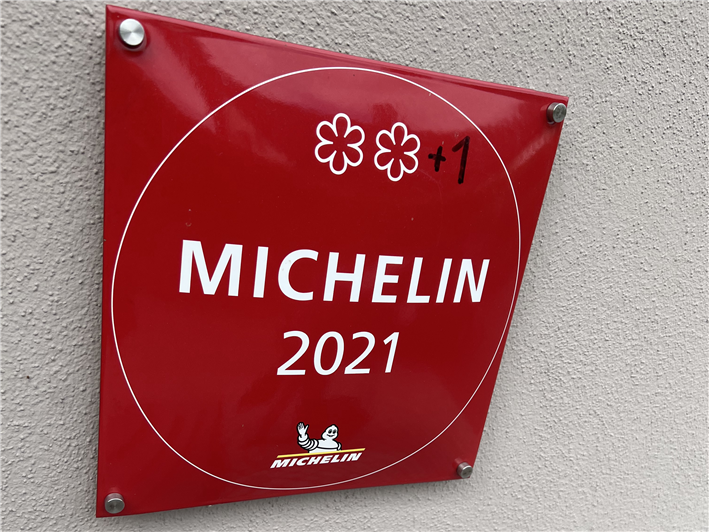
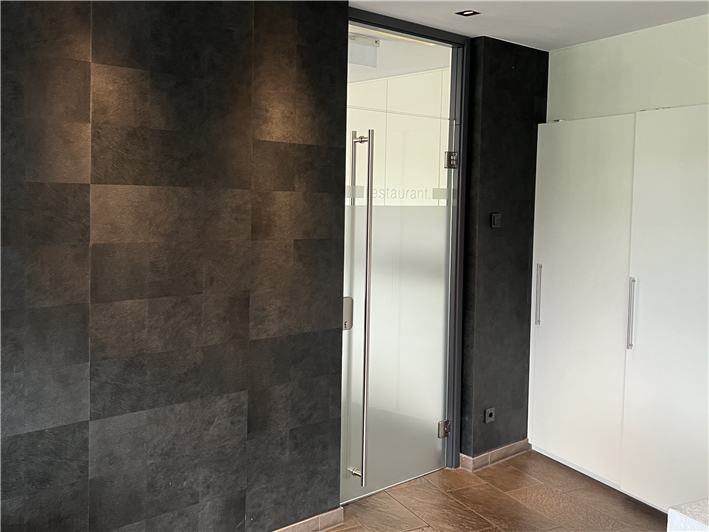
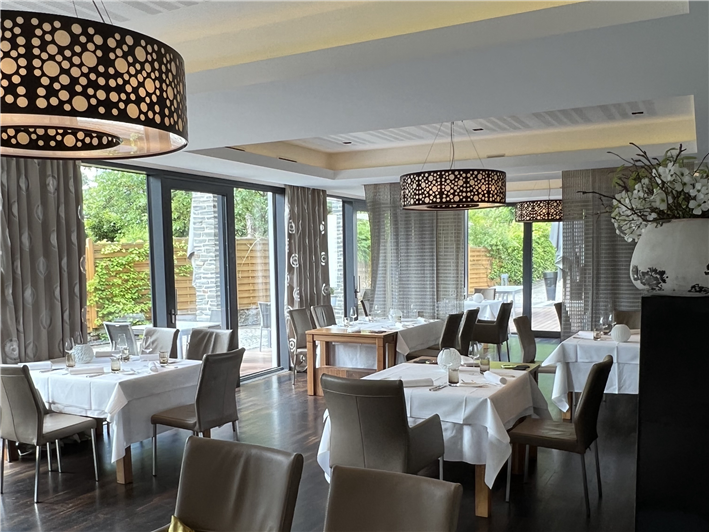
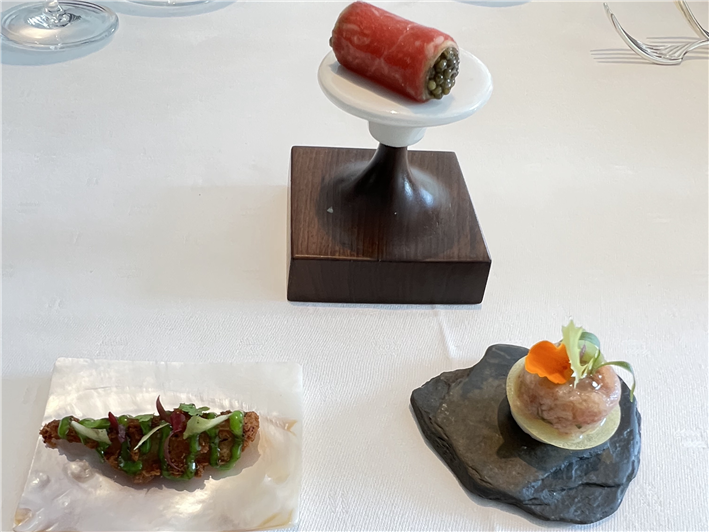

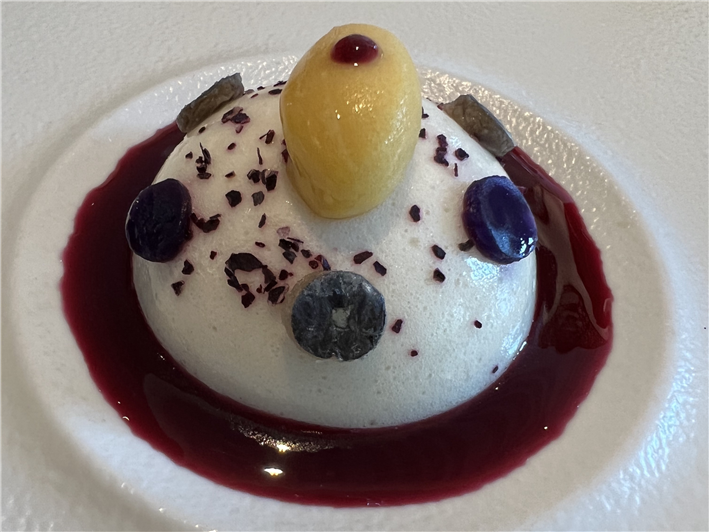


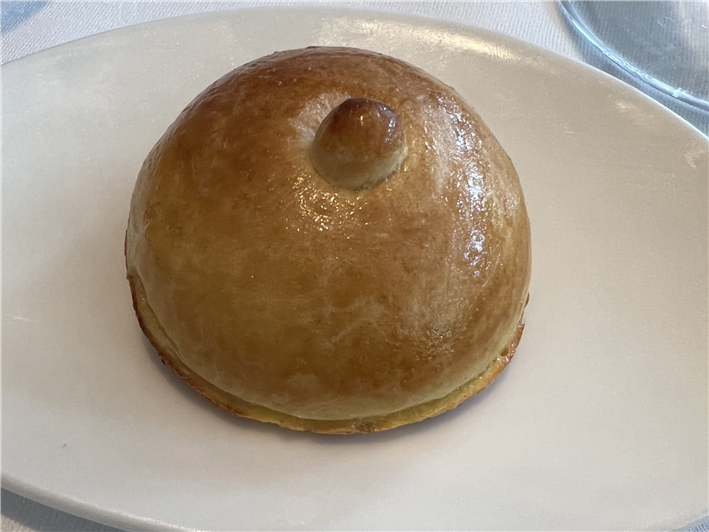
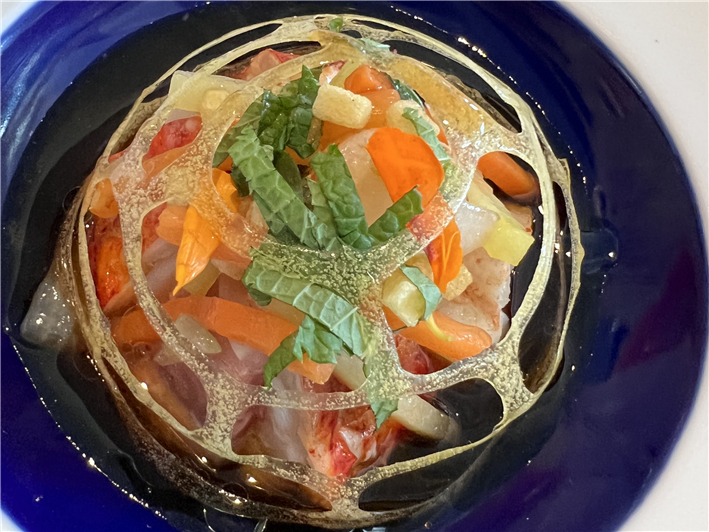
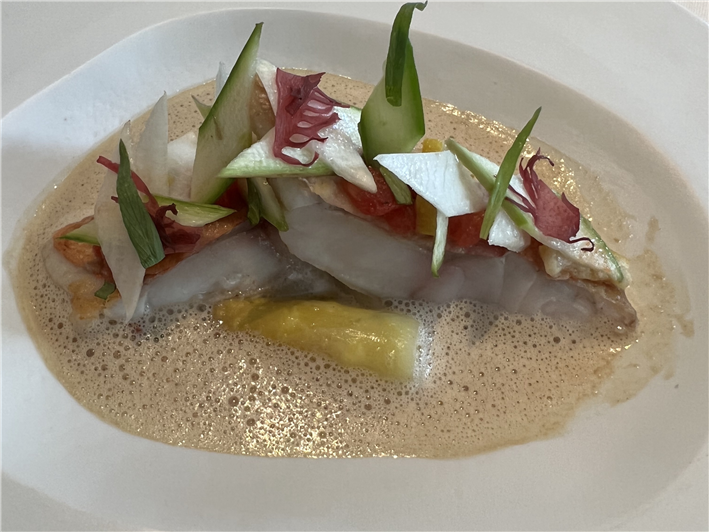
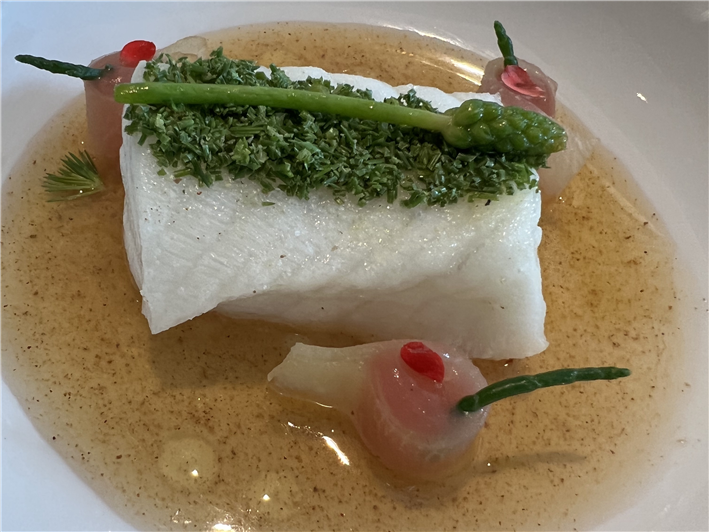
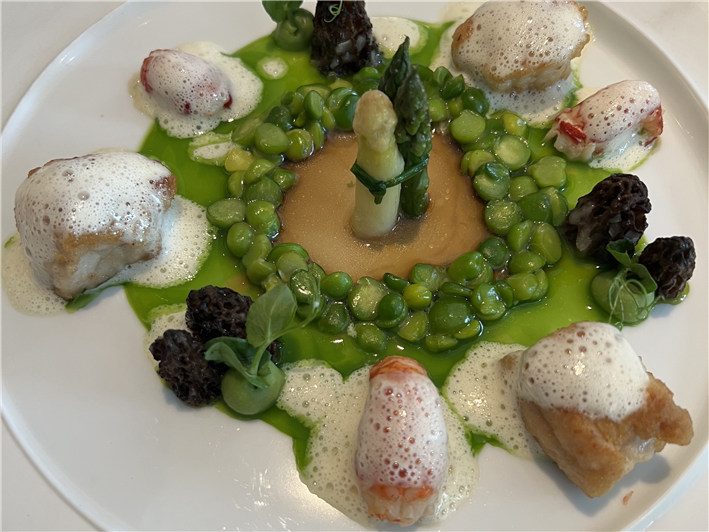

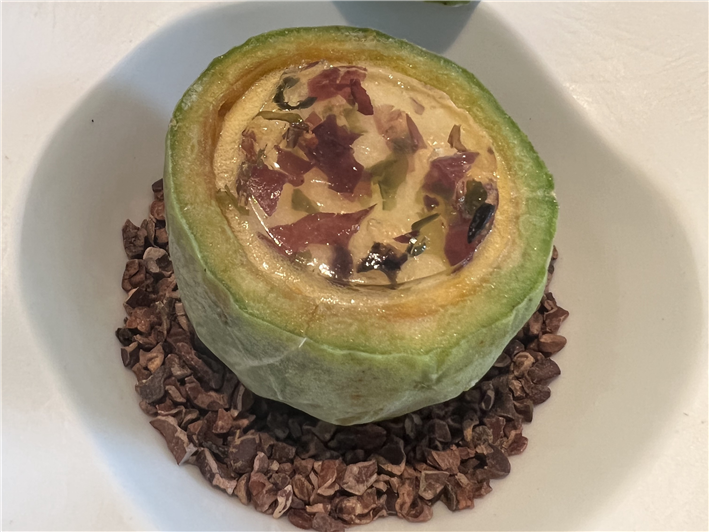
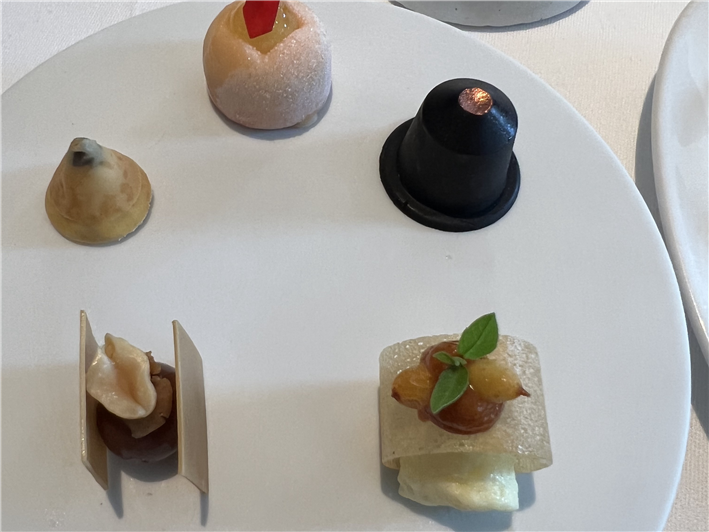


Add a comment
Thank you for submitting your comment, this will be checked and added to the website very soon.
User comments